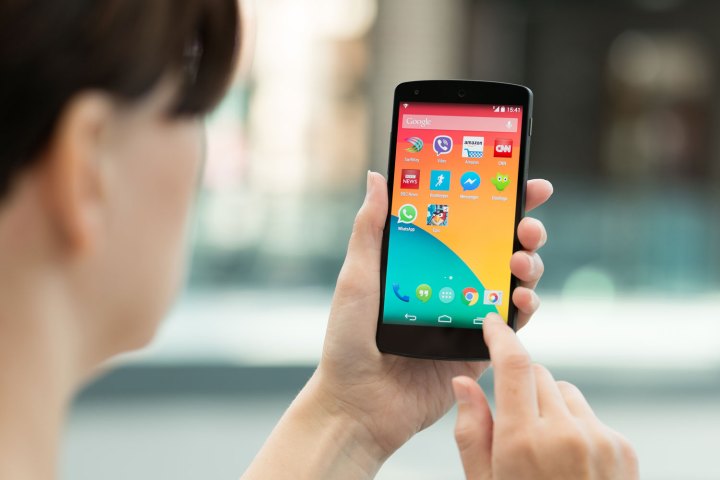
Cortana, a digital assistant similar to Google Now and Siri, officially launched on Android and iOS a couple of weeks ago after four months in open beta. However, it soon emerged that some Android users were experiencing a problem with their microphones after enabling Cortana with the “Hey Cortana” command.
There’ve been no reports of the issue affecting iOS users.
A recent update to the Android app removed the “Hey Cortana” feature as Microsoft works on a fix, WinBeta reported on Monday. Of course, you can still use Cortana to do stuff like set reminders, send emails, open other apps, and get answers to questions. It’s just that for the time being the app can only be activated by tapping its icon.
It seems that the bug in some instances knocked out the device’s microphone, not particularly helpful for a voice-activated assistant, or if you want to make a voice call. A workaround had been to jump into Cortana’s Settings and disable the “Hey Cortana” functionality, but Microsoft has now taken the decision to remove the feature entirely until it can sort out a solution.
The app is currently only available to Android users in the U.S. and China, though the Redmond-based company is planning to take it to more markets over time – hopefully with a bug-free “Hey Cortana” command.

